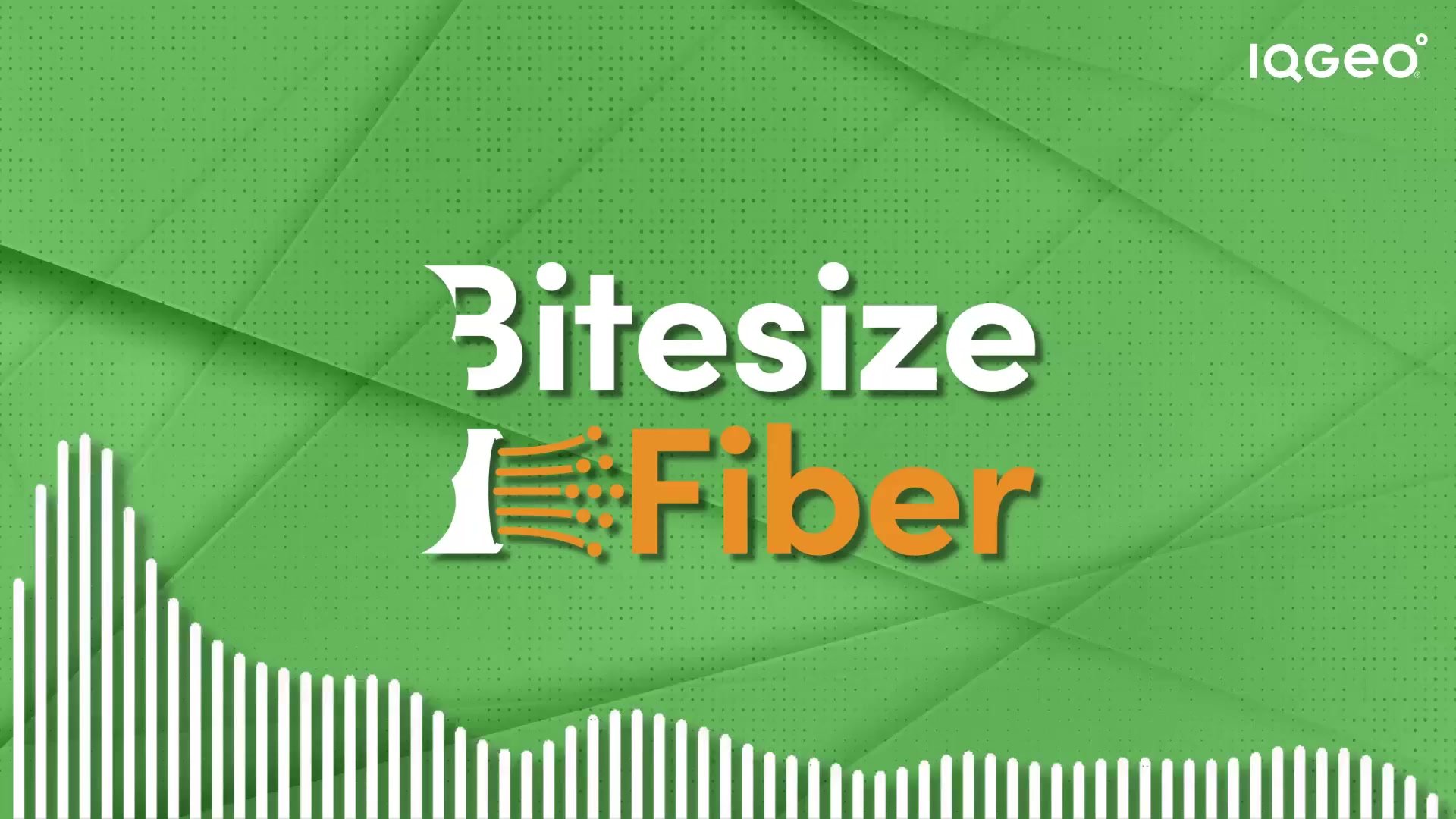As a fiber network operator, understanding how to design and deploy fiber to the home (FTTH) networks can create a huge advantage in the market.
The underlying technology has been around for decades. However, not until recently has it made economic sense for developers to build FTTH networks on a wide scale.
Now is the time to strike.
Fiber optic cable costs have come down, installations are less burdensome, and consumers want light-speed internet in their homes .
In this article, we start from the beginning:
- What is fiber-to-the-home technology?
- Why does it matter?
What is fiber-to-the-home technology?
“Fiber to the home” describes the use of fiber optic cable to deliver broadband internet from a central location directly to private residences. In an FTTH network, fiber cable is used over the “last mile” in place of lower bandwidth DSLs and coaxial wires.
Fiber to the home is one of many “fiber-to-the-x” (FTTx) network designs. For example, many network developers build out fiber-to-the-premises (FTTP) or fiber-to-the-building (FTTB) networks, in which fiber cable runs all of the ways to consumer properties and organizational structures. Many homes have internet today thanks to fiber-to-the-curb (FTTC) and fiber-to-the-neighborhood (FTTN) networks, which transmit communication signals to a certain point and then transfer data to other last-mile cable materials.
To homeowners, FTTH means faster internet and more bandwidth. Consumers can stream richer media and enjoy higher-quality interactivity. Additionally, FTTH can support Triple play services, which means that internet and TV can be bundled together and provided over one broadband connection.
To network developers, FTTH is a “future-proof” solution that will facilitate high-speed connectivity capabilities over the long term. Fiber cable has virtually unlimited capacity and is just as cost-effective when it comes to actually delivering service.
The only major downside is that deploying FTTH networks still requires significant upfront investments as developers have to install additional cables.
Before green-lighting a network build, make sure you run a thorough cost-benefit analysis and carefully evaluate its design.
Why does FTTH matter?
Thanks to forward-looking companies like Google and Verizon, more than 18 million Americans now enjoy FTTH-enabled high-speed internet.
Looking ahead, FTTH networks will continue to expand rapidly in order to meet the demands of next-generation technology. With the IoT space set to explode and smart devices flooding into homes, consumers are going to need a lot more than copper wires to get the level of connectivity they want.
As a fiber network developer, understanding how to design, build, and manage FTTH networks can be a major growth area going forward.
With IQGeo Network Manager Telecom, you have all of the tools you need to maintain your network and ensure your consumers have access to the highest levels of internet connectivity available.
To learn more about how we can help you get in front of the FTTH movement, book a demo with our industry experts today.


 Previous
Previous







